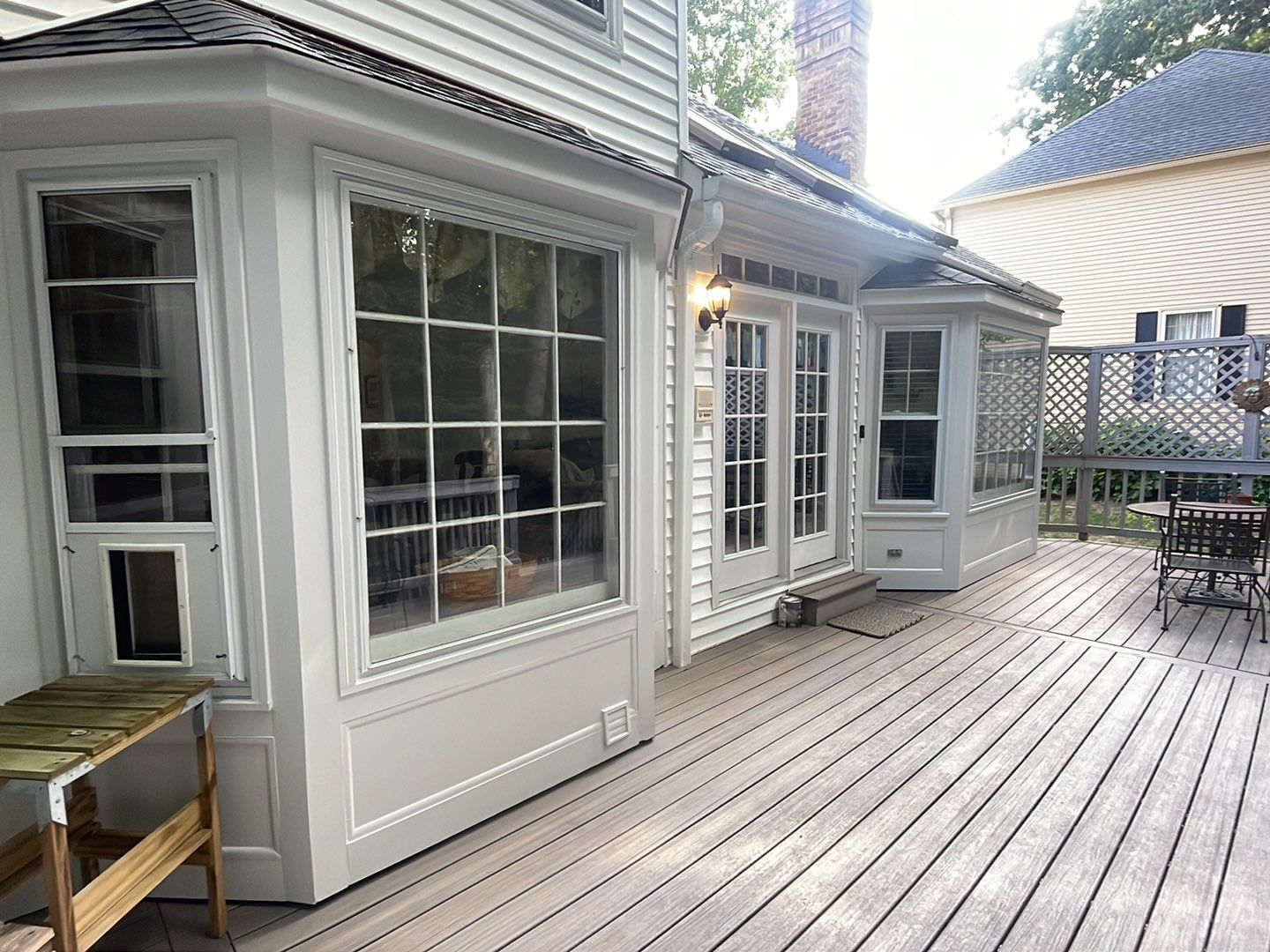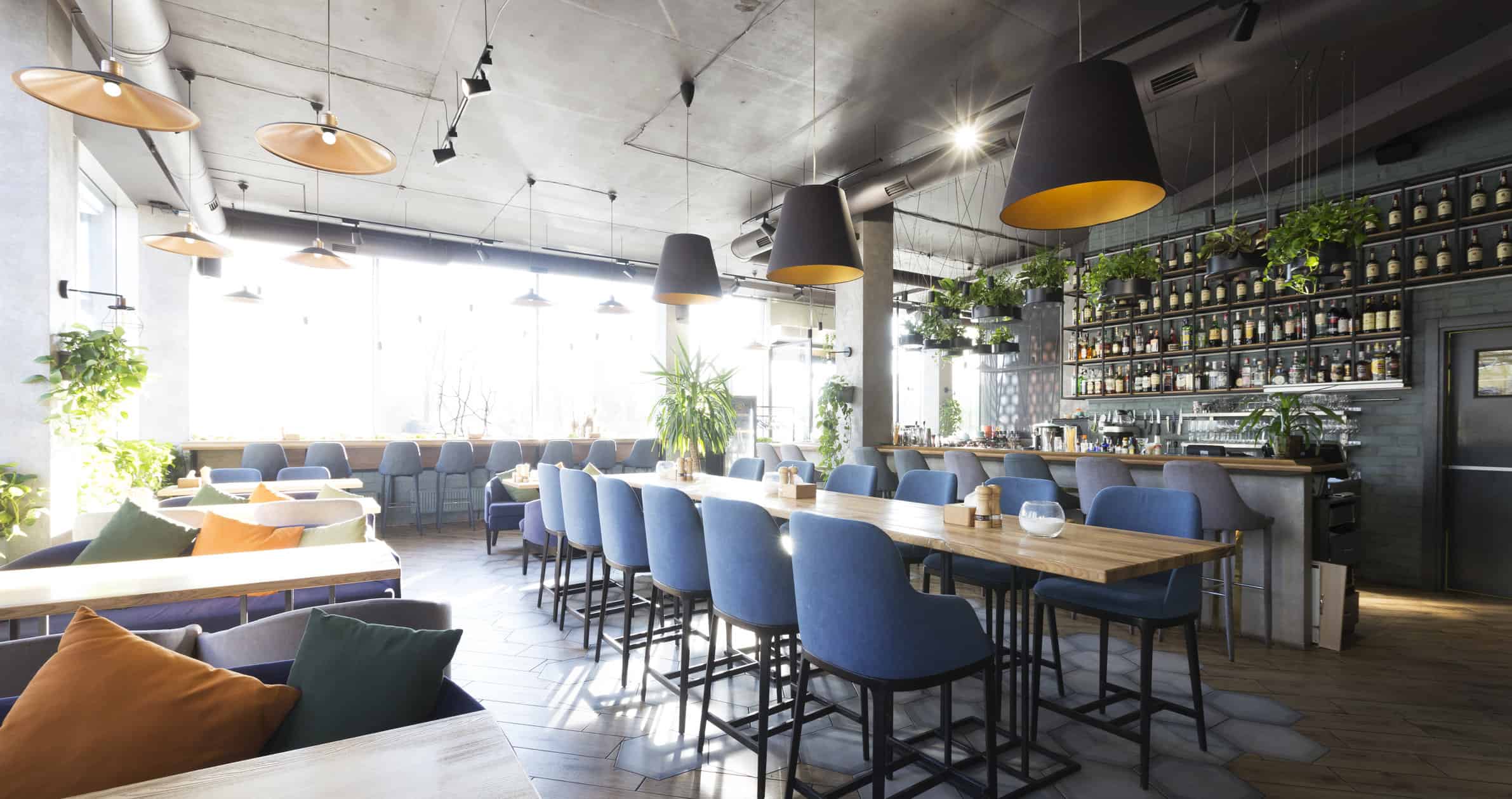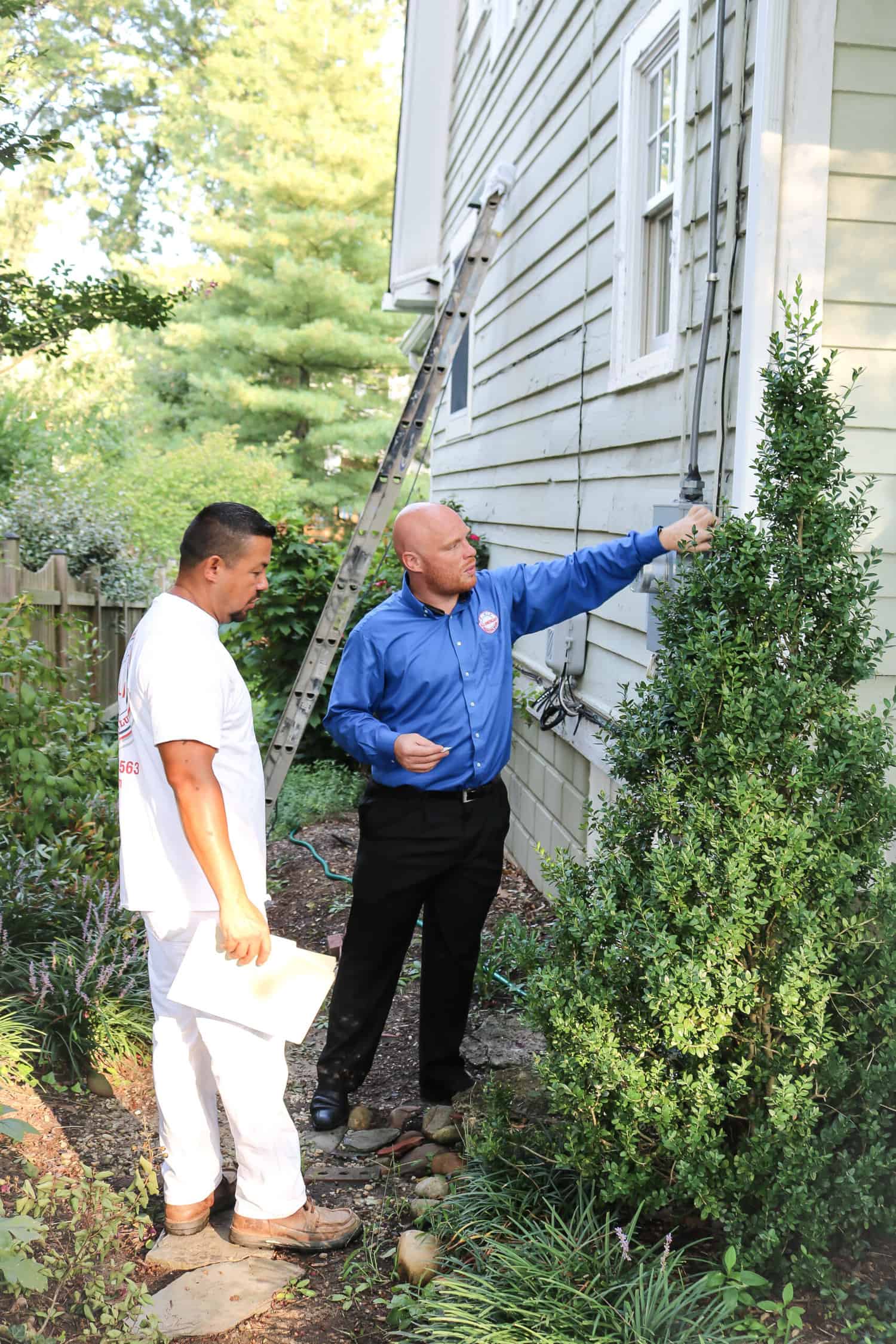At All American Painting Plus, we get a lot of calls for residential painting. Typically this involves painting walls and ceilings, though we occasionally get requests for more uncommon applications. One of the most interesting trends we’ve seen, both online and in person, is using a diluted white paint for a whitewash effect on hardwood floors. This project is appropriate for the DIY painter, but a paint contractor like All American Painting Plus can achieve it as well. We’ll explain the details below.
Whitewashing
True Whitewash is a combination of lime and water. When exposed to carbon dioxide, a ubiquitous part of the air we breathe, this material undergoes a chemical reaction that produces a characteristic shade of white. Whitewash was used for centuries all around the world, and is still sometimes seen. It has certain advantages, including a mild anti-bacterial quality from the lime. However, whitewash doesn’t hold up well in wind, weather, and sun. Indoors, it tends to rub off on clothes. Though not as affordable, modern paints can do just about everything that whitewash can do, so it has largely been relegated to history. Nonetheless, whitewashing is a look some people still desire, and it is one that can be used for a great effect on hardwood floors.
Whitewash for Wood Floors
What we’re talking about isn’t true whitewash. It merely resembles whitewash coloration patterns you may have seen in movies or on old buildings. Whitewash was never a great method for achieving bright, pure whites. Whitewash varied in shade, depending on its age, purity, and the material on which it was used. Depending on the preferences of the viewer, historical whitewashing could appear cheap or “rustic”. It’s this latter descriptor we prefer for the hardwood application we’re recommending in this post.
White paint can be diluted and used to give hardwood floors (or walls, or anything else) the same look as faded historical whitewash. When we’ve seen this technique in person, it gives the floor an easy, breezy, beachy look that’s charming and practical. Here’s how it works.
White paint is diluted with water to about 50% of its original thickness. It should be applied only after a hardwood floor is sanded and all dust and dirt has been carefully removed. Once the floor is prepared, the diluted paint is applied with a large sponge in small sections of about 2×2 feet. Once applied, the paint is immediately wiped with a single stroke of a damp cloth. One swipe is not enough to completely remove the paint. Instead, it leaves behind an attractive transparent white coat. This both lightens the color of the paint and accentuates the grain of the wood. Once the whole floor has been colored, the paint is left to dry. Then the floor is sealed for long term preservation of this special effect.
In the end, this process should create an effect that closely resembles the whitewash techniques of yore. It can give a floor a look that is both “broken in” and natural, without looking sloppy or haphazard.
If you are interested in this or any other idiosyncratic paint job for your residential property, give All American Painting Plus a call. We have years of experience with different methods that give homes unique attractiveness and identity. Our painters can achieve any look you desire, or consult you on your DIY project.











